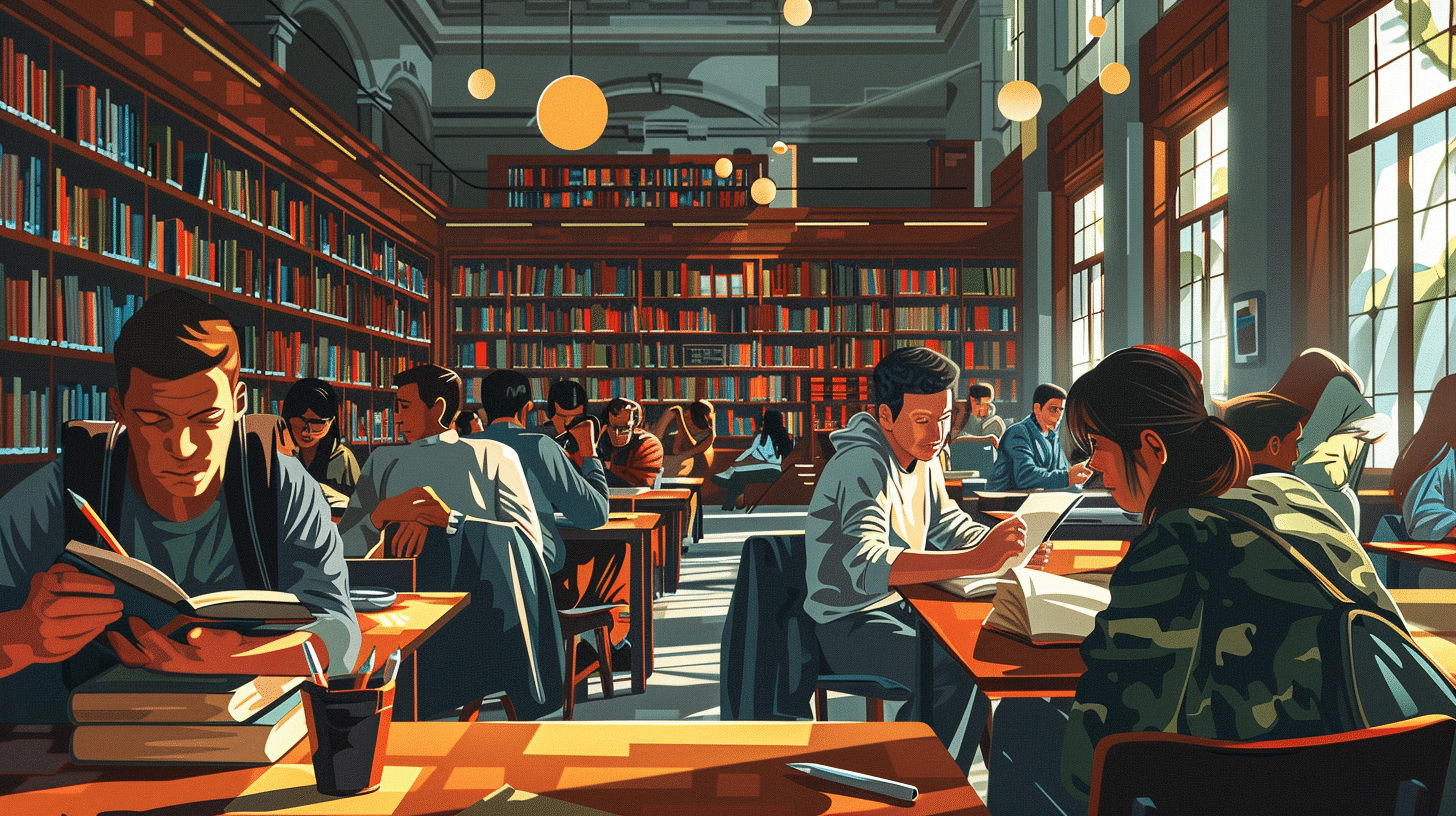When learning a new language, one of the most fascinating aspects is understanding the subtle nuances between words that may seem similar at first glance. In Hindi, two such words are चित्र (Chitra) and तस्वीर (Tasveer). Both words can be translated to mean “picture” or “photograph” in English, but their usage and connotations can differ. Understanding these differences can enrich your vocabulary and improve your comprehension of the language. In this article, we will delve into the meanings, contexts, and nuances of चित्र (Chitra) and तस्वीर (Tasveer).
To begin with, let’s look at the word चित्र (Chitra). The word चित्र is often translated as “picture” or “drawing.” It is a more traditional term and is frequently used in contexts that involve art, illustrations, or any hand-drawn or painted images. For instance, a child might create a चित्र in art class, or an artist might work on a चित्र of a landscape. The word चित्र tends to evoke the idea of creativity and artistic expression. It is also commonly found in classical literature and ancient texts, where it might describe murals, frescoes, or other forms of visual art.
On the other hand, तस्वीर (Tasveer) is generally used to refer to “photograph” or “image.” This word is more modern and is associated with technology and digital media. For example, when you take a photo with your smartphone, you are capturing a तस्वीर. Similarly, the images you see on social media or in magazines are referred to as तस्वीरें (plural of तस्वीर). The term तस्वीर is versatile and can be used in various contexts, including photography, digital imaging, and even in casual conversation when referring to pictures.
The distinction between चित्र and तस्वीर becomes clearer when we consider their etymology and usage in sentences. The word चित्र has its roots in Sanskrit, where it has been used for centuries to describe paintings and drawings. It carries a sense of tradition and classical art. For example:
– वह दीवार पर एक सुंदर चित्र बना रहा है। (He is making a beautiful picture on the wall.)
In this sentence, the word चित्र is used to describe a hand-drawn or painted image, emphasizing the act of creation and artistic skill.
In contrast, the word तस्वीर is of Persian origin, which entered the Hindi language during the Mughal period. It is more contemporary and is often associated with the concept of capturing reality through a lens. For example:
– उसने मेरी एक तस्वीर खींची। (He took a photograph of me.)
Here, the word तस्वीर is used to describe a photograph, highlighting the use of a camera and the act of capturing an image.
Another interesting aspect to consider is the cultural connotations of these words. The word चित्र might be used in a more poetic or literary context, often evoking imagery of traditional Indian art and culture. For example, in poetry or classical literature, a poet might describe a scene using the word चित्र to create a vivid and artistic image in the reader’s mind.
– कवि ने अपने शब्दों से एक सुंदर चित्र खींचा। (The poet painted a beautiful picture with his words.)
In this sentence, the word चित्र is used metaphorically to describe the vivid imagery created by the poet’s words.
On the other hand, the word तस्वीर is more likely to be used in everyday conversation and modern contexts. It is practical and straightforward, often used when discussing photography, digital media, or any visual representation in contemporary settings.
– क्या तुमने मेरी छुट्टियों की तस्वीरें देखी हैं? (Have you seen the pictures from my vacation?)
In this sentence, the word तस्वीरें is used to describe photographs taken during a vacation, emphasizing the modern and casual usage of the term.
It is also worth noting that while चित्र and तस्वीर can sometimes be used interchangeably, doing so might slightly change the nuance of the sentence. For example, using चित्र instead of तस्वीर in the previous sentence would make it sound more artistic and less casual:
– क्या तुमने मेरी छुट्टियों के चित्र देखे हैं? (Have you seen the pictures from my vacation?)
While the meaning remains the same, the word चित्र adds a subtle touch of artistry to the sentence.
In summary, the words चित्र and तस्वीर both translate to “picture” or “photograph” in English, but they carry different connotations and are used in distinct contexts. चित्र is more traditional, associated with art, drawings, and illustrations, often evoking a sense of creativity and classical culture. On the other hand, तस्वीर is more modern, linked to photography, digital images, and contemporary visual media.
Understanding these nuances can greatly enhance your grasp of Hindi and allow you to use the language more effectively and expressively. Whether you are describing a beautiful painting, discussing your latest photographs, or enjoying a poem rich with imagery, knowing when to use चित्र and तस्वीर will help you communicate more precisely and authentically. So, the next time you come across these words, take a moment to appreciate their unique qualities and the rich cultural tapestry they represent.







